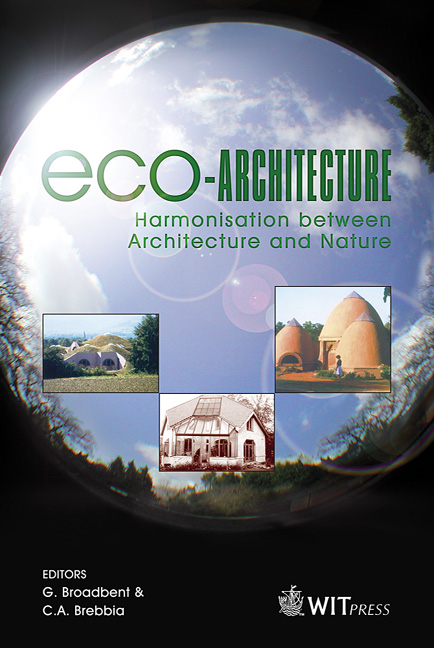Cob Seismic Rehabilitation
Price
Free (open access)
Transaction
Volume
86
Pages
9
Published
2006
Size
1,154 kb
Paper DOI
10.2495/ARC060371
Copyright
WIT Press
Author(s)
G. Scudo & A. Drei
Abstract
Among the different earth architectural techniques largely diffused in the Italian regions – rammed earth, various types of \“adobe”, light earth and cob – the last one is the less known due to its prevalent use in traditional rural buildings and in a few small settlements in Central Italy, partially abandoned in the last 50/60years. Only recently the administrations of the Regions where the majority of this cultural heritage is located developed an interest in the cob technique and earth architecture, mainly in the Marche and Abruzzo regions. Conservation and ecological interest are the main aim of the local groups which have to face the very \“heavy” task to cope with national technical norms, particularly seismic ones which do not include traditional earth based building technologies. A detailed study has been carried out to assess the technological and structural pathologies of a typical rural residence in Treia (Macerata Council, Marche Region) now abandoned in critical conditions due to the lack of maintenance and to the destructive use of concrete and bricks in previous repair interventions. An appropriate technological and cultural sound restoration was proposed along with a structural improvement taking into account the seismic hazard of the area, by means of a wooden grid included into the outside façade of the cob structure. Seismic forecast performance of the proposed system is based on the experience of the Colombian research group \“Tierra Viva Foundation” and was also studied by means of a numerical modelling. Keywords: earth construction, seismic rehabilitation, cob technique, rural residence.
Keywords
earth construction, seismic rehabilitation, cob technique, rural residence.





